blog
Interview with featured photographer Nika Pailodze
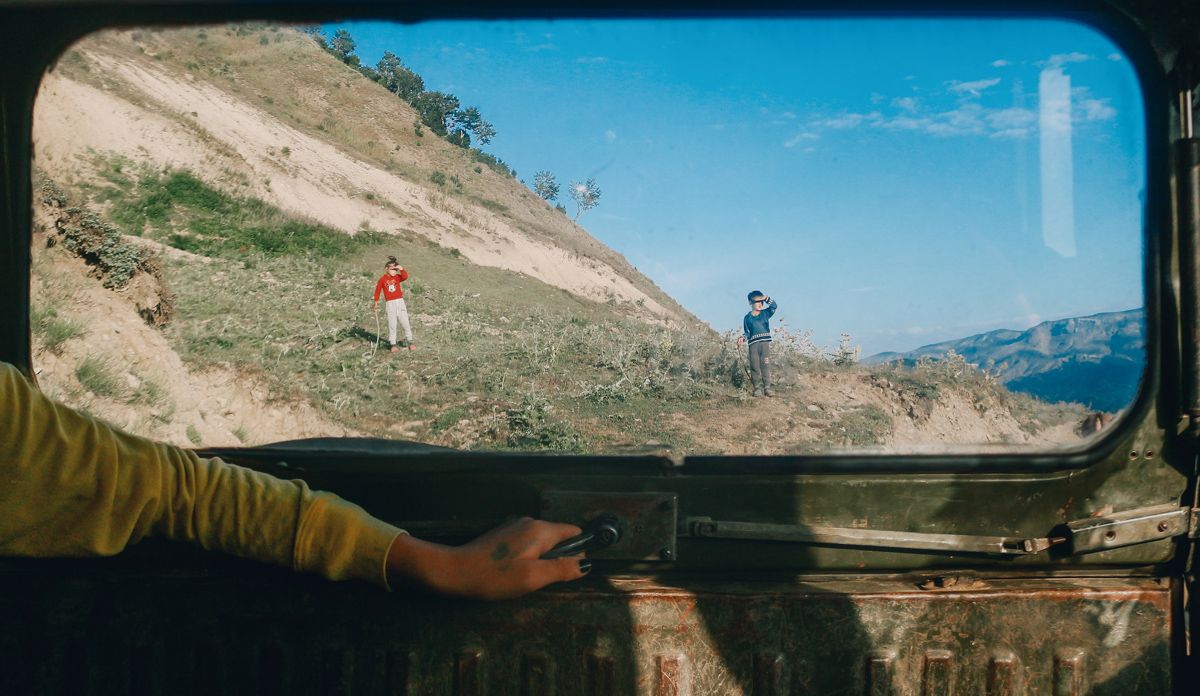
From Mountainous Adjara © Nika Pailodze
Photographer Nika Pailodze is based in the country of Georgia. Nestled in the Caucasus region, Georgia boasts a stunning natural landscape and a rich cultural tapestry. Pailodze’s featured photographic series delves into the enchanting, rural, and mountainous Adjara region – particularly its highland villages nestled amidst the alpine zones. This harmonious coexistence of Muslims and Christians for centuries is a testament to the region’s unique character, and Pailodze has endeavored to capture the sense of the people and places there. His portfolio is featured in the Portfolio issue (#128) which straddles the end of 2024, and the beginning of 2025.
::
Cary Benbow (CB): Please tell us about the portfolio being featured in Issue 128. How does the work relate to your other projects? Is it similar or how is it significantly different? What was the catalyst for this work?
Nika Pailodze (NP): The environment where I usually photograph people has been the city, more specifically, street photography. I’ve also taken many photos during various nature hikes. However, this project is unique because I had never photographed people living in the mountains before. In 2022, I traveled to one of Georgia’s highland regions, Adjara, and became deeply interested in how people managed to live and maintain a close connection with nature there. The locals I met encouraged me to visit other places as well. Although I had previously seen works by other Georgian photographers taken in this region, I was captivated by the emotional depth of the people and felt the urge to share my perspective of Adjara with others. Similar to my other street photography work, I didn’t have a prearranged plan for this project. I moved from village to village, sometimes guided by friends’ suggestions and other times by drivers who stopped to give me a ride while hitchhiking. The lack of a plan and improvisation on-site is similar to my other photography projects. The main difference was that, unlike street photography, I had to get to know people before photographing them. The breathtaking nature and century-old wooden houses in the area inspired me to capture the emotions of the people living in these homes. When I met these wonderful individuals, I decided to tell the story of their incredible way of life. Nomadism is very rare today, making my project even more fascinating to work on.
CB: Can you tell us a bit about yourself – what do you feel is the biggest impact on your development as an artist/photographer?
NP: The biggest influence on my work and myself probably came from observing the paintings that hung in my home when I was a child. These were reproductions of famous artists’ works. Their visual impact deepened my interest in fine arts, and I began actively watching films and exploring different pieces of art. To be honest, I never enjoyed looking at photos as much as paintings. I always preferred looking at paintings. The greatest influence was likely from the films of directors like Tarkovsky, Kiarostami, Michelangelo Antonioni, and others. Additionally, studying literature allowed me to see intriguing stories in places where others might not notice them and taught me how to narrate these stories. I found various literary plots in the streets, and all of this greatly impacted my imagination and taste.

From Mountainous Adjara © Nika Pailodze
CB: What is your earliest memory of taking photos?
NP: As a child, I didn’t like being photographed, so in every photo I have, I look moody. The only way to avoid being photographed was to take photos of others instead. That’s why I started taking pictures at an early age, which is why I have very few childhood photos. This is probably my first memory associated with photography — the desire to stay out of the frame.
CB: Overall, what inspires your art? What kind of stories do you wish to tell?
NP: I enjoy capturing stories where seemingly nothing is interesting. In such cases, I try to depict an unremarkable scene in an intriguing way. This might involve an unusual interaction between a person and their environment. I never plan in advance what story I want to tell through photography. Instead, I play the role of an observer who thinks about how to capture the scene on the spot. For me, how I photograph is more important than what I photograph. Anything can be made interesting if photographed in the right way, and my main goal is to make my photography interesting, not necessarily the subject itself.
CB: From the times you’ve shared/shown your work so far, what has made the biggest impact on your career, or left a lasting impression?
NP: I was, of course, interested in the opinions of friends and other photographers, but I wouldn’t say I gave them decisive importance. Because of this, there were instances especially in the early days, when other photographers didn’t take my work seriously. In my country, almost everything seems to be set up in a way where people hesitate to express their opinions until someone else from another country appreciates an individual’s work. That’s why I vividly remember the joy of winning competitions that allowed me to confidently call myself a photographer. My first such competition was a local one. I won first place in National Geographic Georgia’s photo contest, and after that, I became inspired to participate in more competitions. However, I’ve never taken photos just for the sake of competitions. Participating in these competitions gave me opportunities to interact with photographers like Mark Power and others. My photos have been exhibited on every continent except Antarctica, and all of this has given me great motivation.
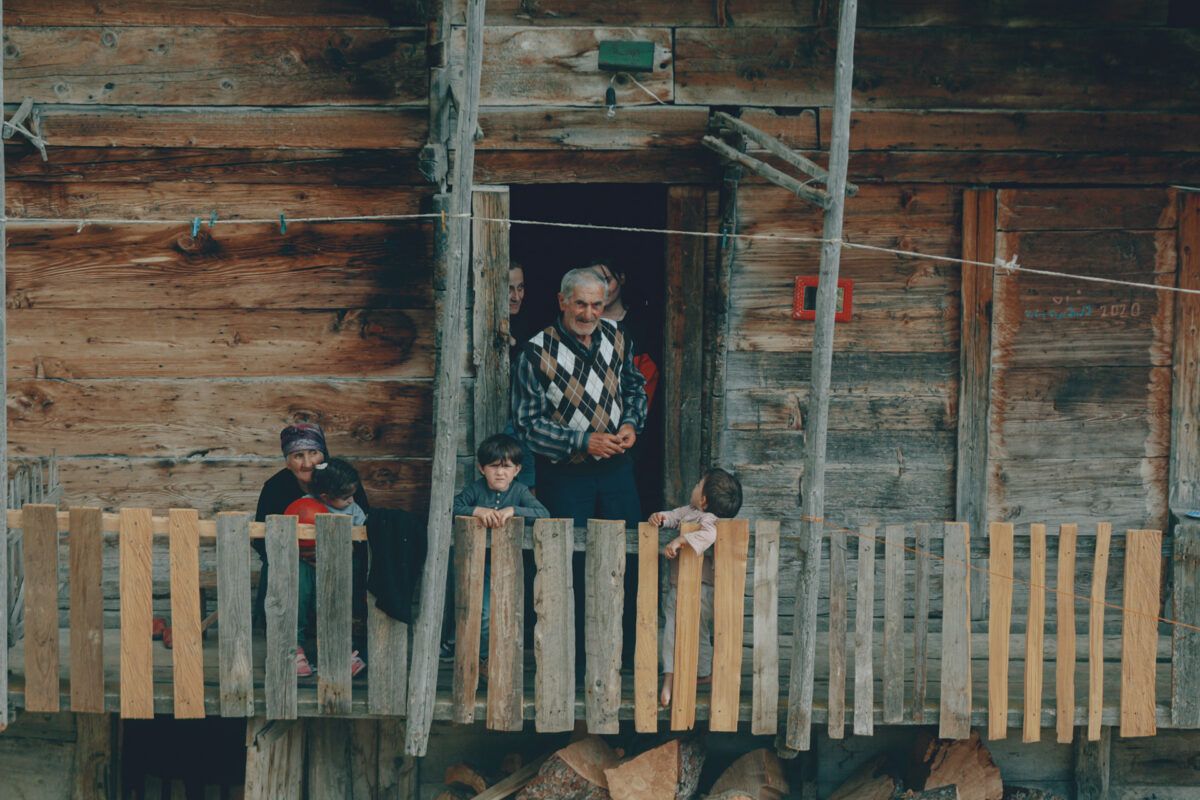
From Mountainous Adjara © Nika Pailodze
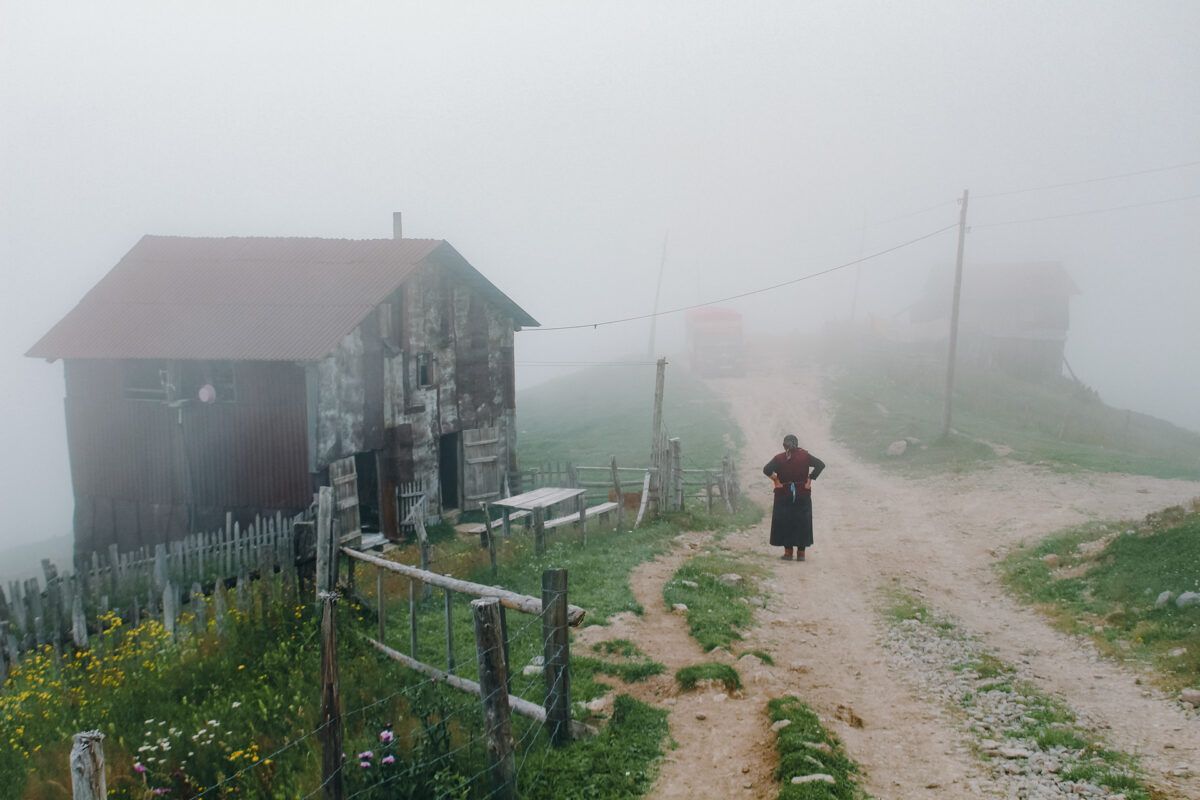
From Mountainous Adjara © Nika Pailodze
CB: There are so many ways to express oneself in the 21st-century — What makes photography your choice of expression?
NP: I chose photography as a form of self-expression relatively late. In my childhood, I wrote poems and kept various notes. I would compose poems even before I knew how to write, and my family members would record them. Of course, these weren’t serious works, but they had their impact later. In addition to writing, I spent a lot of time drawing while also taking photos. I think photography is currently the most significant medium for me. However, in the future, I’d like to focus more on filming videos, and who knows, maybe even making films.
CB: How do you describe your photography to someone who’s not familiar with it? Do you feel comfortable categorizing your work? Do you feel labels are important?
NP: I’ve photographed in many genres, and I usually realize this only when I review my photos. A category or genre is just a structure created for easier categorization. While it helps people find specific works, it can also hinder their perception. I don’t think much about it, but it’s possible for a single photo to belong to multiple genres. I’d even argue that each photo could represent its own unique genre, and there could be as many genres as there are photos.
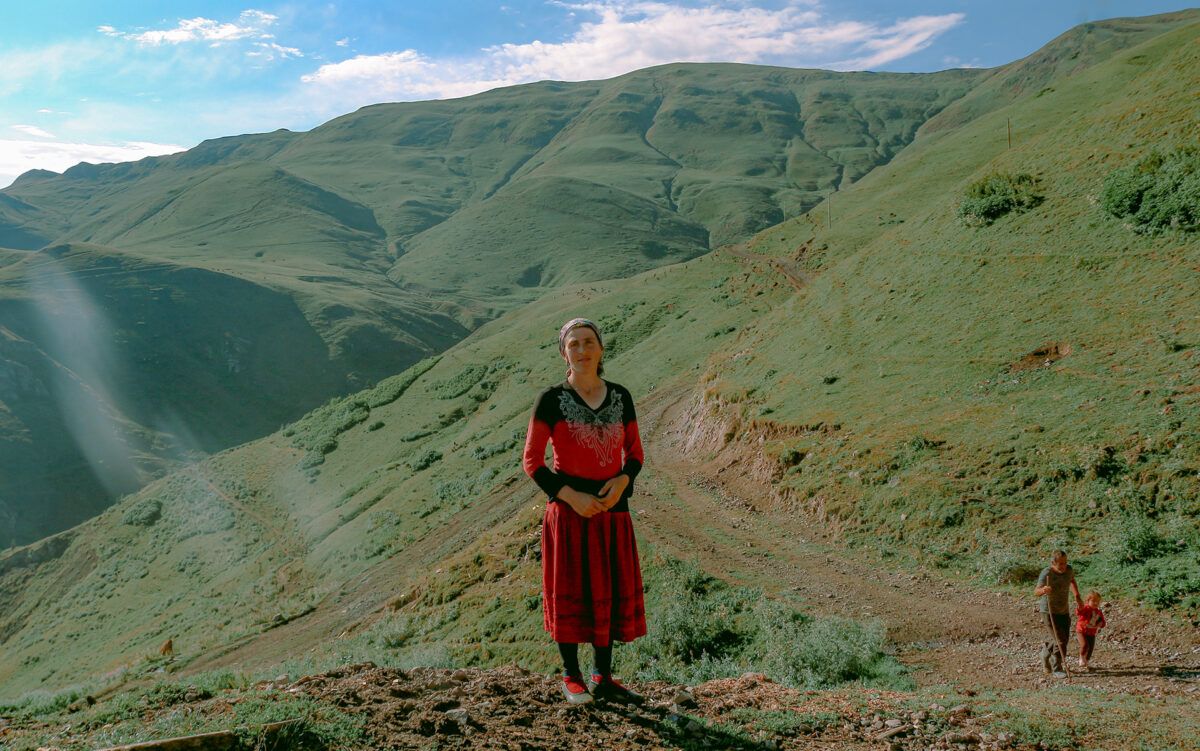
From Mountainous Adjara © Nika Pailodze
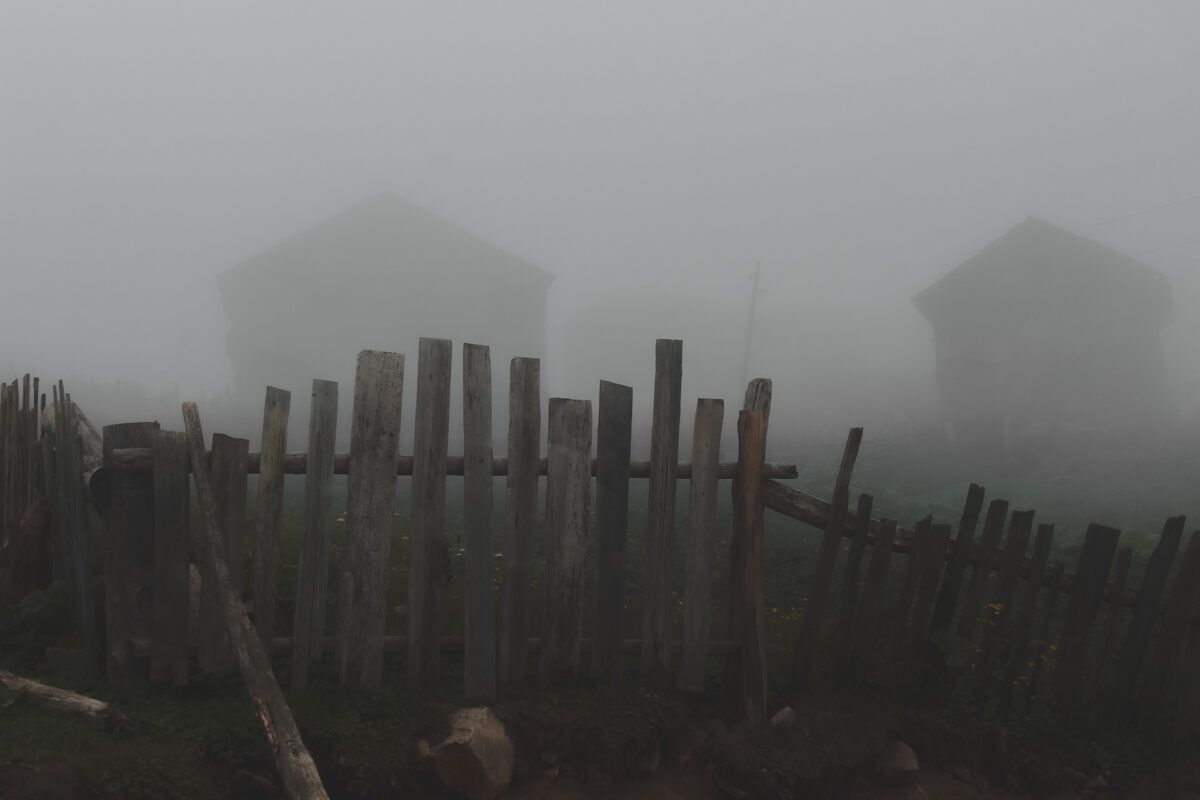
From Mountainous Adjara © Nika Pailodze
CB: What advice would you give to someone who wants to take on projects like yours?
NP: One key piece of advice is to learn English. Not knowing the language has caused me significant problems. Also, they should also read a lot, look at other artist’s work, and watch films. This will help develop observation skills and discover many new things. This can be considered a long-term project, but for me, it’s more of a daily practice. The most important thing is to photograph what truly matters to you. That is the starting point of everything.
::
Nika Pailodze is a photographer and videographer based in Georgia. While enrolled in university, he started shooting photos on a mobile phone, small digital camera, and later with a borrowed semi-professional film camera. In 2017, he won the National Geographic Georgia competition, which led to the purchase of his first camera and participating in numerous competitions. To see more of Nika’s work, visit his website https://da-miane.myportfolio.com/home
Location: Online Type: Featured Photographer, Interview
Events by Location
Post Categories
Tags
- Abstract
- Alternative process
- Architecture
- Artist Talk
- artistic residency
- Biennial
- Black and White
- Book Fair
- Car culture
- Charity
- Childhood
- Children
- Cities
- Collaboration
- Community
- Cyanotype
- Documentary
- Environment
- Event
- Exhibition
- Faith
- Family
- Fashion
- Festival
- Film Review
- Food
- Friendship
- FStop20th
- Gender
- Gun Culture
- Habitat
- Hom
- home
- journal
- Landscapes
- Lecture
- Love
- Masculinity
- Mental Health
- Migration
- Museums
- Music
- Nature
- Night
- nuclear
- p
- photographic residency
- Photomontage
- Plants
- Podcast
- Portraits
- Prairies
- Religion
- River
- Still Life
- Street Photography
- Tourism
- UFO
- Water
- Zine

Leave a Reply